A look back to 2013
palimpsest
10 years ago
Related Stories
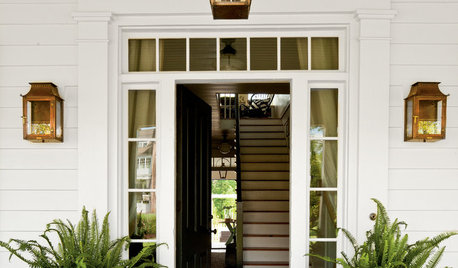
FARMHOUSESPhotos of 2013: The Most Popular Farmhouse Spaces
These comfy, bright spaces churned up a lot of attention over the past year. See why
Full Story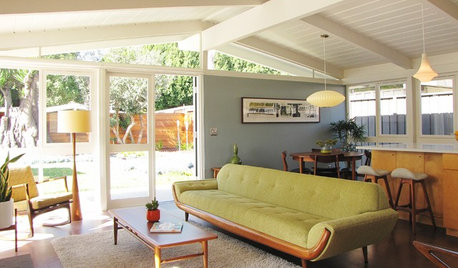
MIDCENTURY STYLEPhotos of 2013: The Most Popular Midcentury Modern Spaces
Inspired by the past but perfectly of the moment, these midcentury rooms drew Houzzers in droves
Full Story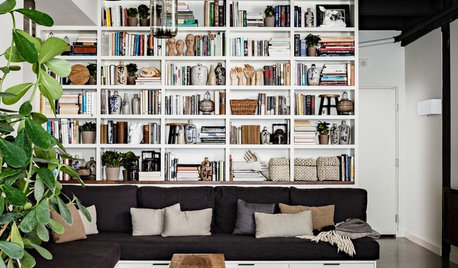
ARCHITECTUREPhotos of 2013: The Most Popular Industrial Spaces
These warehouses and other steely spaces produced so much interest, we had to share them
Full Story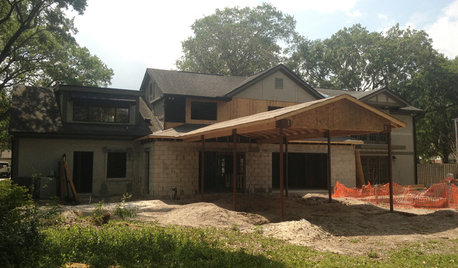
REMODELING GUIDESHouzz Survey: Renovations Are Up in 2013
Home improvement projects are on the rise, with kitchens and baths still topping the popularity chart
Full Story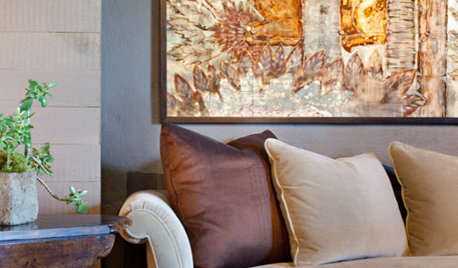
DECORATING GUIDES13 Home Design and Decor Trends to Watch for in 2013
It's predictions ahead as we find out what's on the radar of designers and makers for the coming year
Full Story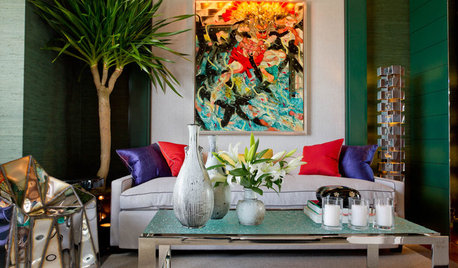
COLORPantone Unearths Emerald as Its 2013 Color of the Year
Whether you dig a natural version or go for one with polish, Pantone is predicting you'll treasure emerald green at home over the next year
Full Story
COLOR4 Hot Color Trends to Consider for 2013
Bring some zing to your rooms for the new year, with high-energy shades that open the eyes and awaken the spirit
Full Story
TILETop Tile Trends From the Coverings 2013 Show — the Wood Look
Get the beauty of wood while waving off potential splinters, rotting and long searches, thanks to eye-fooling ceramic and porcelain tiles
Full Story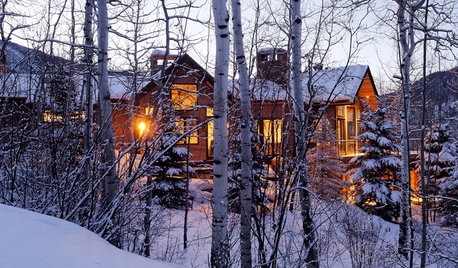
LIFEHouzz Call: Who'll Post the First Snow Photo of 2013?
If the weather's been flaky in your neck of the woods, please show us — and share how you stay warm at home
Full Story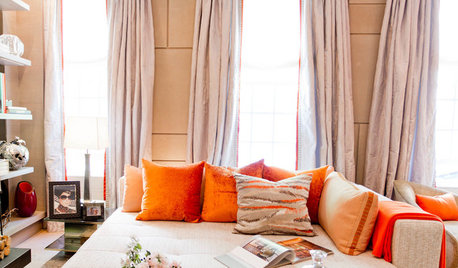
DESIGNER SHOWCASESSee the Daring Designs at the 2013 Kip's Bay Decorator Show House
New York designers show their latest creations in a fashion show for the home
Full Story






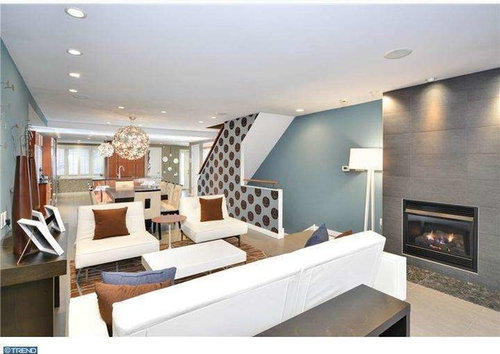
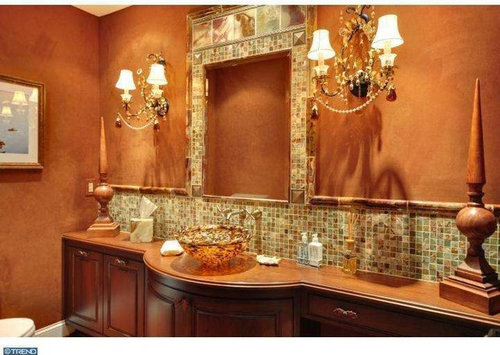

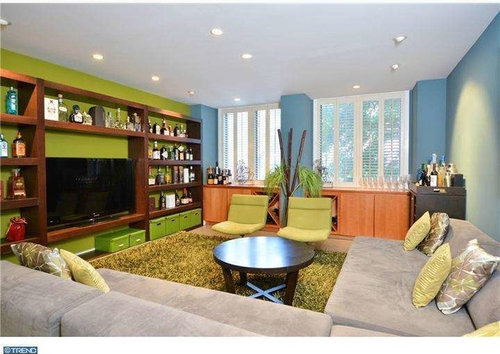


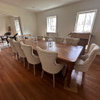

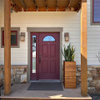
palimpsestOriginal Author
Em11
Related Professionals
Stanford Interior Designers & Decorators · Westbury Interior Designers & Decorators · Charleston Furniture & Accessories · Englewood Furniture & Accessories · Hilton Head Island Furniture & Accessories · Rockville Furniture & Accessories · Alpharetta Furniture & Accessories · Millburn Furniture & Accessories · Norwalk Furniture & Accessories · Pico Rivera Custom Artists · Spring Lighting · Venice Lighting · Cleveland Window Treatments · Gadsden Window Treatments · Sun Lakes Window Treatmentslynxe
weedyacres
roobear
Bumblebeez SC Zone 7
palimpsestOriginal Author
WalnutCreek Zone 7b/8a
sas95
madeyna
lynxe
rosie
rosie
palimpsestOriginal Author
palimpsestOriginal Author
rosie
Annie Deighnaugh
roobear
palimpsestOriginal Author
jterrilynn
Circus Peanut
jterrilynn
geokid
rosie
roarah
geokid
Em11
allison0704
rosie
roobear
palimpsestOriginal Author
vedazu
mtnrdredux_gw
Elraes Miller
User
robo (z6a)
mtnrdredux_gw
User
mtnrdredux_gw
ineffablespace
deegw
Happyladi
peegee
patricianat
Elraes Miller
writersblock (9b/10a)
suska6184
amberm145_gw
melsouth
mjlb